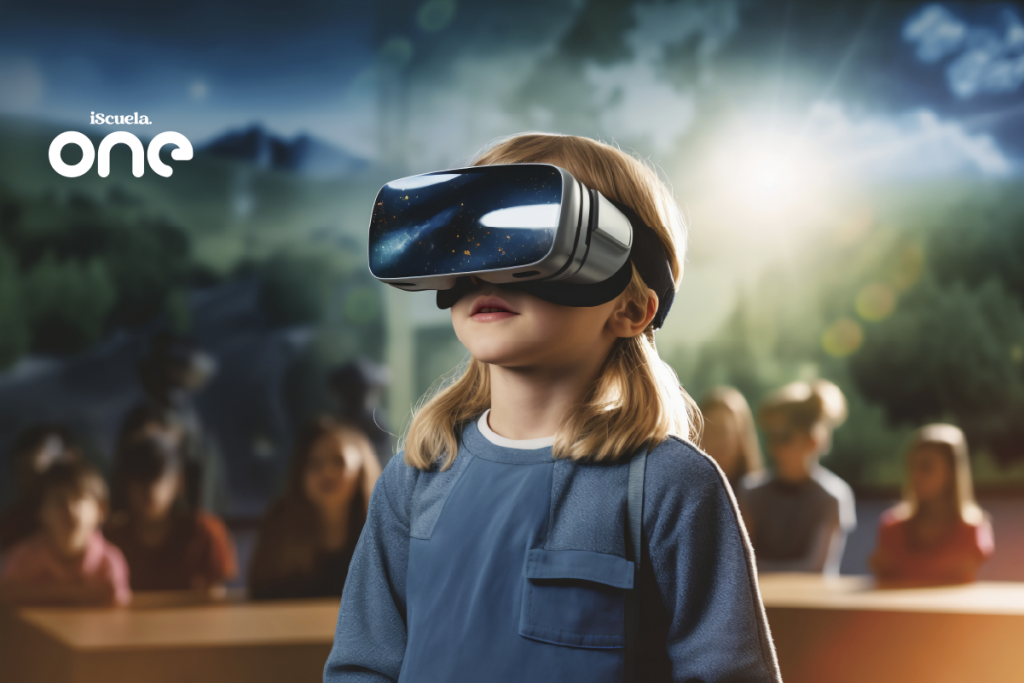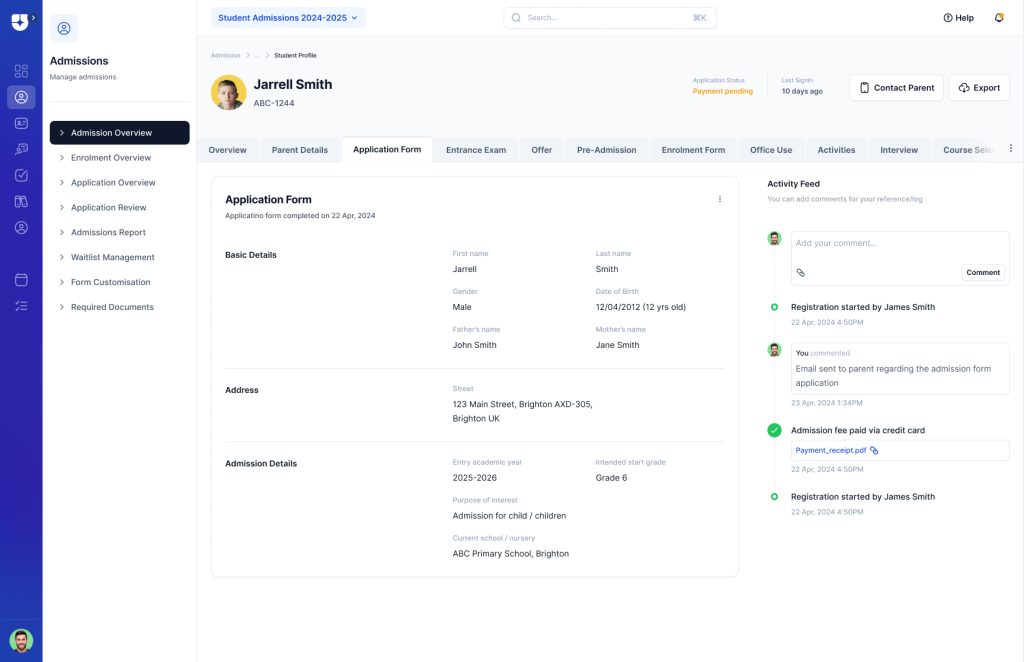Introduction
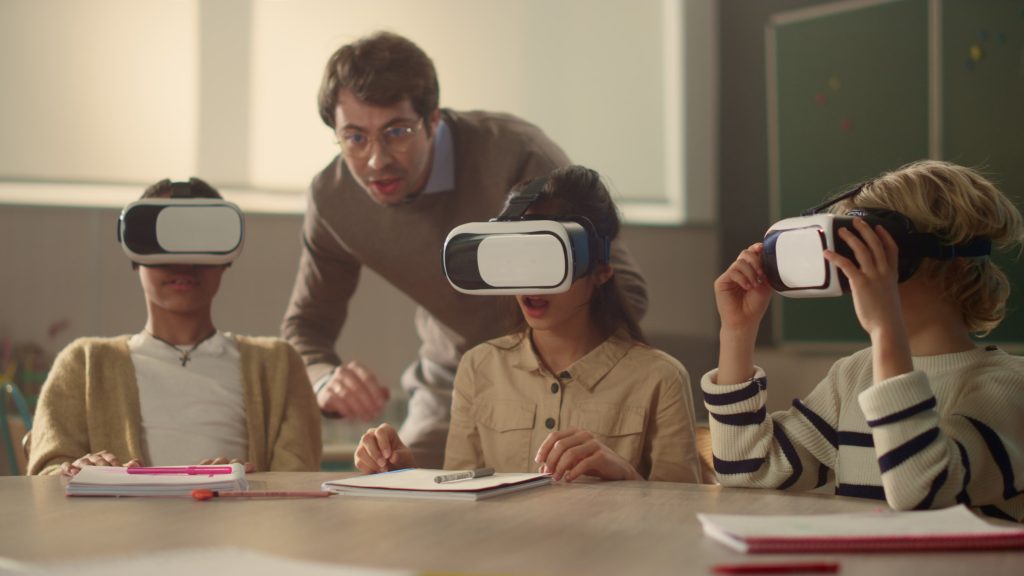
Immersive learning is no longer a futuristic concept—it is becoming central to modern education. Technologies like Augmented Reality (AR) and Virtual Reality (VR) are reshaping how classrooms operate across the UK, India, and globally. These powerful tools help teachers make lessons more engaging, interactive, and effective. As schools look to develop 21st-century skills among students, understanding the benefits and implementation of AR and VR in education is essential.
What Is Immersive Learning in Modern Classrooms Using AR and VR?
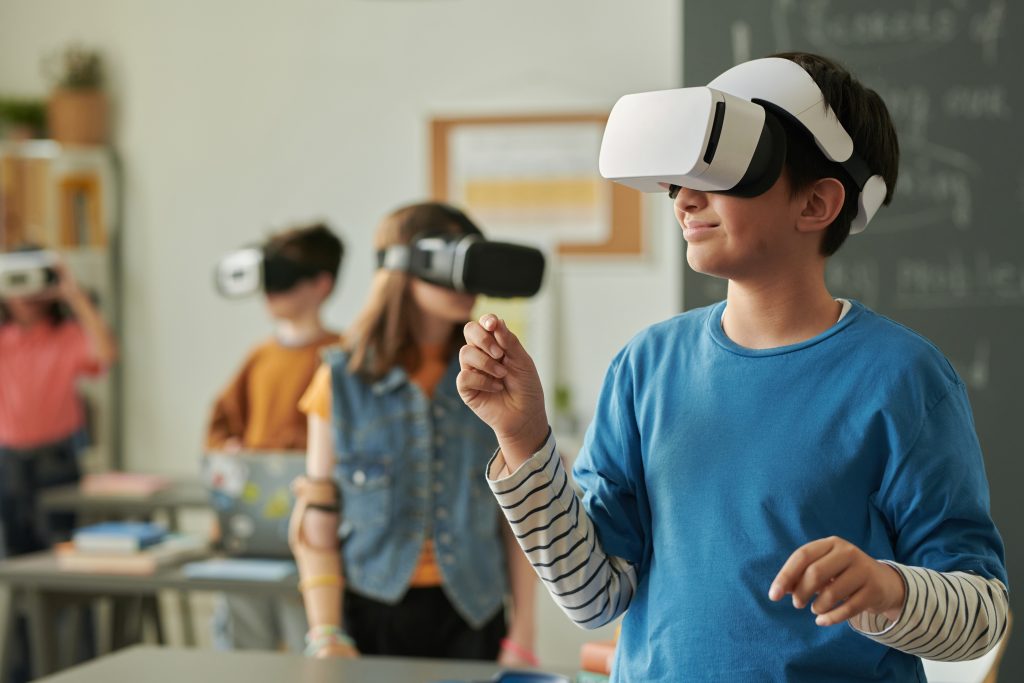
Immersive learning refers to educational experiences where students actively engage in interactive learning environments, often simulated. In AR-enhanced classrooms, digital content is overlaid onto the real world—for example, scanning a textbook page with a tablet to see a beating 3D heart above it. In contrast, VR-based learning places students entirely within a digital environment, such as a virtual historical site or science lab.
A 2023 review in Frontiers in Education noted that AR and VR technology in education can significantly boost student motivation, comprehension of complex ideas, and long-term knowledge retention.
Key Benefits of AR and VR in Education for Schools
1. Using AR and VR in Classroom to Improve Student Engagement and Focus
Traditional lessons sometimes struggle to hold student attention, especially when explaining abstract topics. AR and VR learning experiences turn lessons into multisensory, interactive journeys. For instance, a VR field trip to the Amazon rainforest lets students “walk” among trees and hear wildlife—making geography and biology truly come alive.
Mantech Publications (2025) found that students using VR tools in science education scored 22% higher due to enhanced engagement and experiential learning.
2. Making Complex Subjects Easier to Understand with Immersive Learning Technology
Some topics—like cell biology, chemistry, or advanced geometry—are hard to grasp through books alone. Augmented reality tools for education such as Merge Cube and Quiver let students manipulate 3D models of molecules or shapes. This interactive learning approach brings theoretical knowledge to life.
Likewise, VR science simulations can let students shrink to the size of a cell and observe mitosis first-hand. A 2024 study by Esade highlighted the effectiveness of these immersive tools in improving learning outcomes.
3. Promoting Inclusion Through AR and VR for Special Education Needs (SEN)
AR and VR in inclusive education can open doors for students with disabilities. Virtual reality classrooms in schools allows students with mobility issues to participate in virtual experiments or explore landscapes that would otherwise be inaccessible. For instance, a wheelchair-bound student can “climb” Mount Everest or take part in a virtual sports session.
AR apps in special education also support personalised learning:
- • Visual learners interact with 3D models to grasp abstract concepts like molecular structures.
- • Auditory learners benefit from narrated AR overlays explaining complex topics.
- • Neurodivergent students thrive in controlled, customisable environments that reduce sensory overload.
4. Encouraging Collaborative Learning Through AR and VR Classrooms
Many VR platforms for education support group-based activities. Students might work together to crack a historical code, conduct a virtual science lab, or simulate a social scenario. These settings help develop essential soft skills.
A 2023 study in Frontiers in Education confirmed that immersive group learning environments promote teamwork, enhance problem-solving, and foster critical thinking—vital for real-world success.
5. Enhancing Teaching Methods with AR and VR for Educators
AR and VR in teaching help educators visually demonstrate abstract or difficult ideas, making lessons more dynamic and easier to grasp. Platforms like ClassVR, CoSpaces Edu, and zSpace come with pre-designed lesson plans, real-time feedback, and performance analytics.
This data-driven approach allows teachers to identify students who need extra help, track lesson effectiveness, and refine their instruction accordingly.
Practical Applications of AR and VR in Different School Subjects
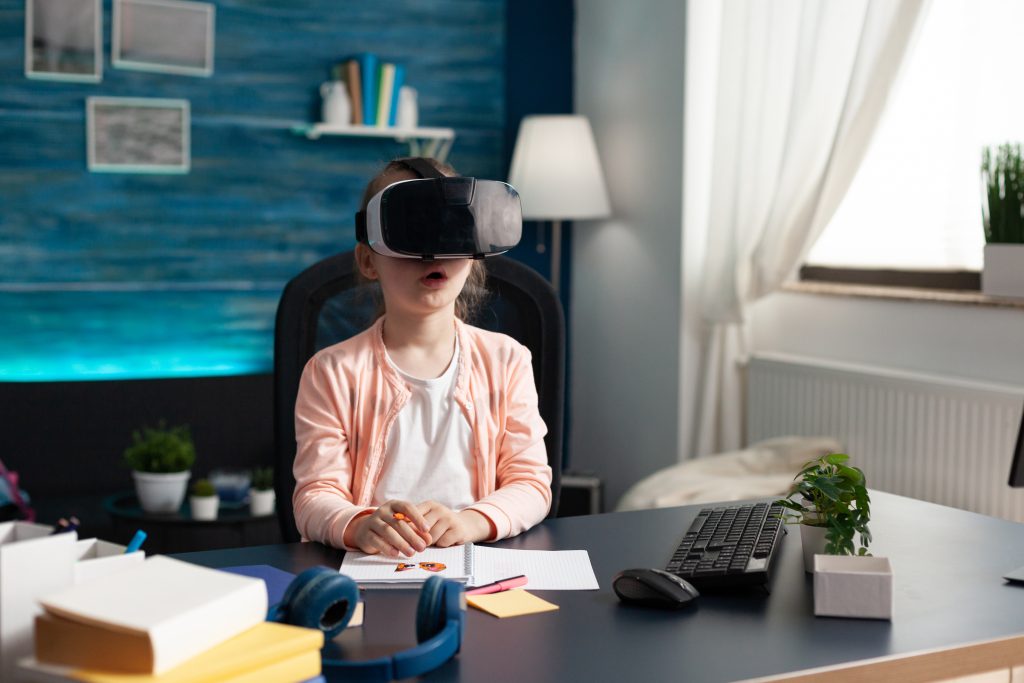
STEM Subjects:
- • STEM Subjects: Virtual labs in VR for schools let students perform chemistry experiments or explore the solar system without any safety risks or expensive materials.
History and Geography:
- • History and Geography: Students can “walk” through ancient cities or battlefields using virtual reality history simulations, gaining context and retention through exploration.
Language Learning:
- • Language Learning: VR environments simulate everyday conversations, ideal for practising real-world speaking scenarios.
Vocational Training:
- • Students preparing for careers in medicine, engineering, or aviation can train in realistic VR simulations, gaining practical skills before entering the workforce.
Challenges of Using AR and VR in Schools—and How to Address Them
While the advantages are strong, there are a few obstacles that school leaders must consider when implementing AR and VR learning environments:
- • Technology and Budget: Quality headsets and AR-compatible devices require investment, as do fast Wi-Fi networks and technical support.
- • Teacher Training: Educators need ongoing professional development to feel confident using these technologies and integrating them into the curriculum.
- • Equity and Access: Ensuring all students have equal access to devices and internet connectivity is essential to prevent widening the digital divide.
- • Content Quality and Safety: School leaders must vet AR/VR content for educational value, age-appropriateness, and data privacy compliance.
Recommendations for Implementing AR and VR in Schools Successfully
- 1. Start with Pilot Programmes in AR and VR Classrooms: Focus on one subject or year group to evaluate outcomes and gather feedback.
- 2. Apply for Funding and Collaborate with EdTech Partners: Seek grants from bodies like BESA or partner with developers offering discounts on AR and VR educational solutions.
- 3. Invest in Teacher Training for AR and VR Integration: Hands-on workshops and regular CPD will ensure long-term success.
- 4. Use Analytics to Improve: Collect data on student engagement and learning outcomes to inform future decisions.
Future Outlooks
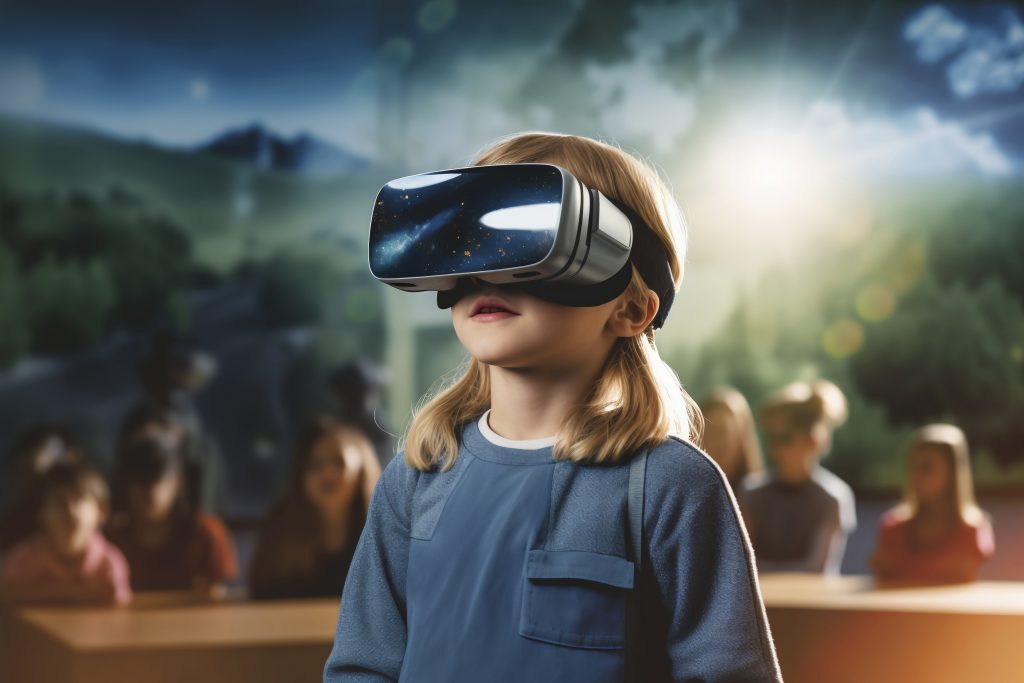
The global market for AR and VR in education is expected to surpass £14 billion by 2025 (ArborXR, 2023), with rapid adoption predicted in both primary and secondary schools. As AI-driven personalisation becomes more sophisticated, immersive learning will increasingly cater to individual student needs, making education more inclusive and impactful.
School leaders who embrace these technologies—especially VR in the classroom—will position their institutions at the forefront of educational innovation, preparing students for a digital future. Gamification and AR/VR work hand in hand to make learning more engaging, interactive, and impactful.
“When students step inside learning, not just look at it—education becomes unforgettable.”
FAQs
1. Are AR and VR tools affordable for schools?
While initial investment is required, many platforms offer scalable solutions. Free resources like Google Expeditions and affordable options like Merge Cube help reduce costs, and grants are available for schools looking to adopt immersive technology.
2. Do AR and VR actually improve learning outcomes?
Yes. Multiple studies, including those in Frontiers in Education and by Mantech Publications, show that immersive learning leads to higher engagement, better retention, and improved test scores, especially in STEM subjects.
3. How can teachers integrate AR and VR into existing lessons?
Teachers can use AR/VR as a supplement-such as a 15-minute VR experience after a traditional lesson-to reinforce key concepts or provide virtual field trips.
4. What subjects benefit most from immersive learning?
STEM, history, geography, and languages see the greatest gains, but AR/VR is increasingly being used for art, music, and vocational training as well.
5. How can schools ensure all students benefit from AR and VR?
Prioritise equity by providing loan devices, using classroom sets, and ensuring content is accessible to students with special educational needs.
